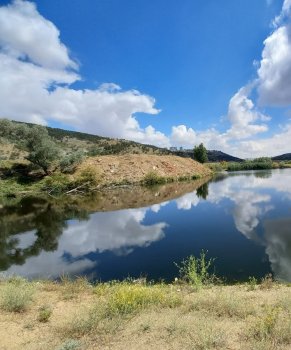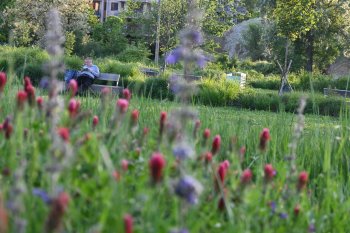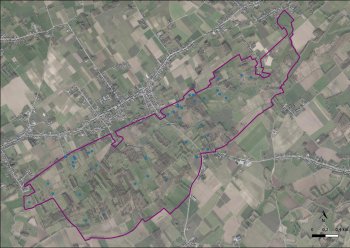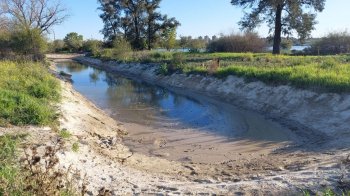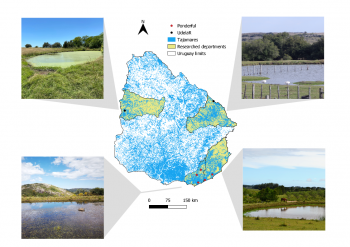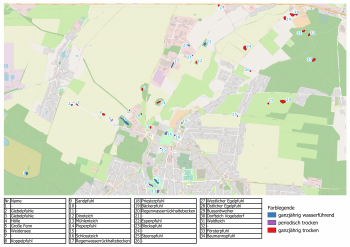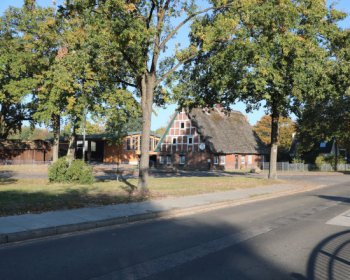H2020 PONDERFUL: The Gölbaşı Düzlüğü Pondscape
This pondscape plays a critical role in flood mitigation, water management, and biodiversity conservation in the Gölbaşı region. It supports urban and peri-urban ecosystems, enhances water quality, and provides recreational spaces, offering significant environmental and social benefits.


